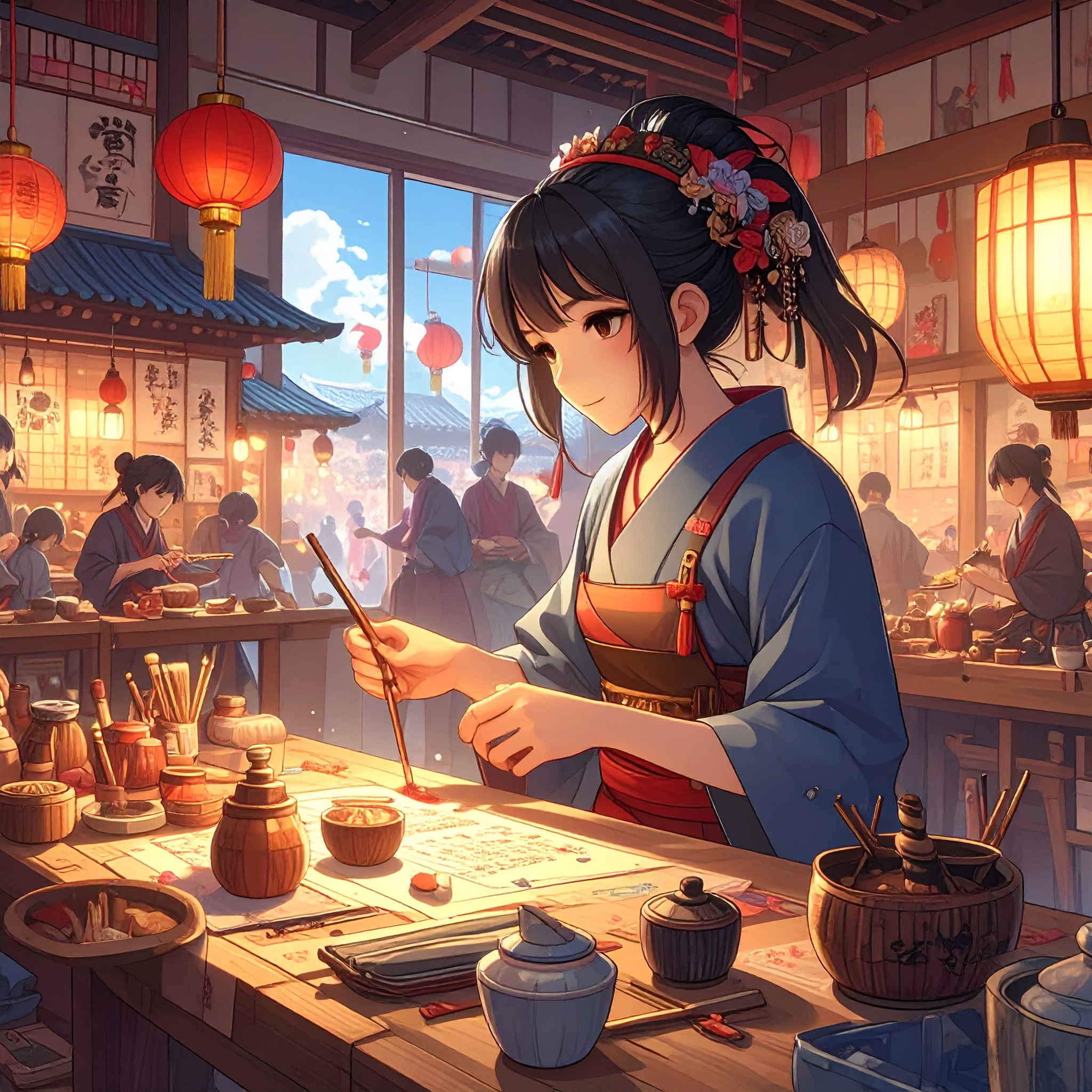Japanese traditional crafts carry a quiet strength—the ability to protect the past while gently looking toward the future. Even within techniques passed down over centuries, not everything remains unchanged. The selection of materials, the shaping of forms, the broadening of uses—each subtle refinement brings new stories to life in every creation.
Tradition is not about repeating the past. It is about using inherited wisdom and the sensitivity of the hand to discover what is needed in today’s life. This attitude breathes new life into tools and decorative objects, allowing them to transcend time.
Take, for example, lacquerware once used exclusively in tea ceremonies or religious rituals. Today, it appears in forms suited to modern dining—lightweight vessels that highlight the grain of the wood, or cutlery that incorporates contemporary design. These changes do not diminish the quality of the craft. Instead, they reflect thoughtful adaptations to modern sensibilities.
Today’s traditional craft scene also welcomes the fresh perspectives of younger makers. Some artisans blend Japanese techniques with materials or skills learned abroad, while others layer age-old dyeing methods with contemporary graphic expression. These creative challenges do not break tradition—they expand it.
Within each handcrafted piece lies the quiet presence of its maker’s thoughts and background. Who wove this fabric? From what mountain soil was this vessel formed? The more we learn, the more we come to see these items not as mere tools, but as stories we can hold in our hands. With that understanding comes a sense of familiarity—and even responsibility—that mass production can never provide.

Innovation is not always about creating something new in appearance. It can be about staying close to the lives of those who use these objects—and never losing sight of the culture and natural environment that shape them. This careful, respectful approach is what supports the enduring essence of Japanese craftsmanship.
For example, a furoshiki cloth that can be re-dyed, or a wooden chair built with future repairs in mind—such sustainable thinking has long been woven into traditional Japanese craft. Rather than responding to modern trends, these practices are an extension of a deeply rooted culture of cherishing what we use.
In exhibitions and curated shops, one often finds a quiet display of pieces where past and present intersect. Within the simplicity of a design, centuries-old wisdom lies hidden. And through these objects, a new kind of connection emerges—between maker and user, tradition and now.
Each crafted piece holds the time it took to make it, the repetition of hands at work, the quiet accumulation of days. There is challenge within tradition, and respect within innovation. That is why, when we hold such an item, we sense the story it carries within.
To preserve tradition is to allow it to evolve—gently, continuously. Change is not the enemy of continuity, but its condition. Japanese craft has always told this story through the very act of making.




